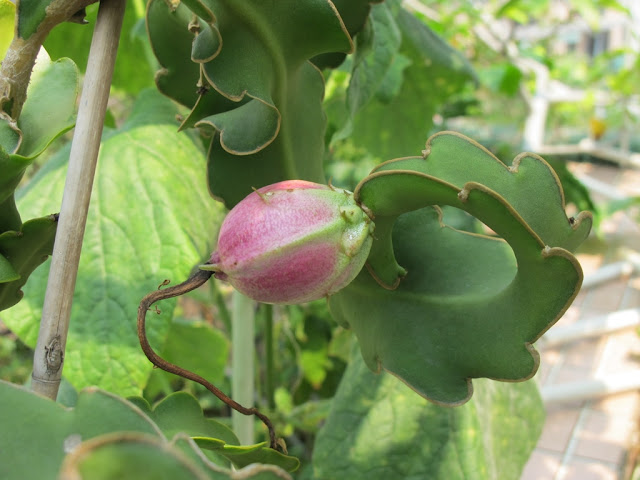One of my early childhood kitchen memories involves helping my mom sanpping the ends of snow peas to remove the strings. To this date, I still don't know why the strings need to be removed. (Perhaps for a smoother mouthfeel?) I have literally internalized this practice as a ritual. With the imminent roaring summer, I crave for snow peas. Saying "snow peas" out loud has a magical cooling effect on me, let alone seeing the bright green color and eating the crisp and snappy pods that sing of springs and summers.
Swai, or Pangasius hypophthalmus, is a sweet tasting, fleshy, and flaky fish from the catfish family for cost-conscious home cooks like me. The mild flavor complements vegetables that bear distinct tastes perfectly.
Snow peas with Swai
Time: 20 minutes
Yield: 2-3 servings
1 Swai fillet, about 9 oz, sliced diagonally into nuggets
1 tablespoon soy sauce
a pinch of sugar
a pinch of white pepper
1 teaspoon rice wine
1 tablespoon cornstarch
1 teaspoon oil
2 tablespoons oil
2 slices ginger
3 cloves garlic, chopped
2 oz snow peas, about 1 cup or 20 pieces, strings removed
¼ cup wood ears, soaked and cut into strips
Marinate Swai nuggets with soy sauce, sugar, white pepper, rice wine, cornstarch, and oil.
Heat 2 tablespoons oil over medium high heat. (When pan-frying fish, I like using nonstick skillet.) Add ginger and stir-fry until fragrant. One by one, put Swai nuggets into the skillet. Pan-fry each side until slightly browned, about 3 minutes on each. Remove from skillet and set aside.
With the remaining oil, add garlic into the skillet and stir-fry until fragrant. Add snow peas and wood ears and stir-fry until soft, about 1 minute. Return Swai nuggets into the skillet and stir-fry, about 30 seconds. Cover and let steam, about 1 minute. (If there is excess water and the dish looks loose, mix 1 teaspoon cornstarch and 1 teaspoon water as slurry to thicken the dish.) Remove from heat and serve.












